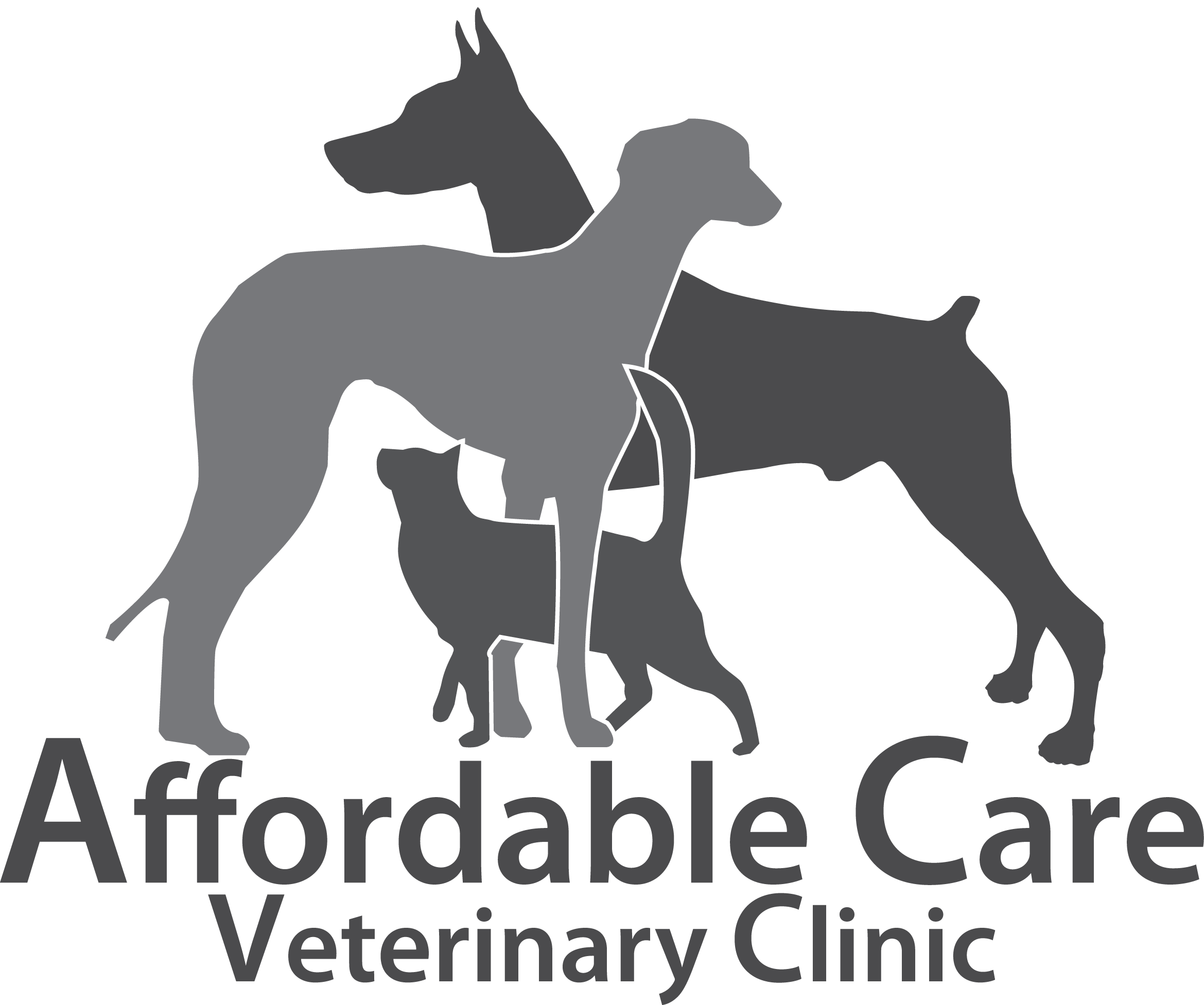Library
-
Seboliance (brand name Douxo®S3 SEB) is a natural extract from the pomegranate plant (Punica granatum) used to help control dandruff, reduce odor, and help hydrate dry skin in cats and dogs. Seboliance may be part of a combination product containing ophytrium. Seboliance comes in mousse and shampoo forms.
-
Seborrhea or seborrheic dermatitis is a skin disorder in which the sebaceous glands produce an excessive amount of sebum causing scaly, flaky, itchy, and red skin. It typically affects the back, face, and flanks and may be worse in areas with skin folds such as the feet, neck, lips, armpits, thighs, and underside. Seborrhea can be a primary or secondary disease and is diagnosed using multiple tests to determine the underlying cause. Treatment or management depends on the cause
-
Seborrhea or seborrheic dermatitis is a skin disorder in which the sebaceous glands produce an excessive amount of sebum causing scaly, flaky, itchy, and red skin. It typically affects the back, face, and flanks. It may be worse in areas with skin folds, such as the feet, neck, lips, armpits, thighs, and underside. Seborrhea can be a primary or secondary disease and is diagnosed using multiple tests to determine the underlying cause. Treatment and management depend on the cause and may include topical therapies, oral anti-inflammatories, and antibiotics.
-
Seedy toe is a separation of the horse's hoof wall from the underlying sensitive laminae at the white line, resulting in a cavity that fills with crumbling dirt, horn and debris and is prone to associated infection.
-
Dogs do so much more than entertain us with tricks or accompany us on walks. Their abilities as service dogs are astounding. Gaining in popularity, dogs that assist people who have seizures play an important role in the lives of their owners.
-
A seizure is a sudden surge in the electrical activity of the brain causing signs such as twitching, shaking, tremors, convulsions, and/or spasms. Epilepsy is used to describe repeated episodes of seizures. With epilepsy, the seizures can be single or may occur in clusters, and they can be infrequent and unpredictable or occur at regular intervals. Since many different diseases can lead to seizures, it is important to perform diagnostic tests to investigate the underlying cause of the seizures. Treatment of seizures in the cat depends on the nature of the underlying disease.
-
Seizures and syncope are commonly confused with one another due to similarities in the appearance of these episodes. Both present with collapse but there are several details, explained in this handout, that can differentiate between them, which is important for determining treatment. The prognosis for each condition varies depending on the underlying causes.
-
Seizures are reasonably common in pet birds and should be treated as a medical emergency. Species that are often affected include Amazon parrots, African grey parrots, budgies, canaries, cockatiels, finches, and lovebirds. There are several possible causes of seizures in birds. Diagnostic testing is often required so that your veterinarian can diagnose the problem and determine the necessary treatment plan.
-
Seizures are one of the most frequently reported neurological conditions in dogs. A seizure may also be referred to as a convulsion or fit and is characterized by a temporary involuntary disturbance of normal brain function, usually accompanied by uncontrollable muscle tremors or spasms. There are many causes of seizures. Once anticonvulsant medication is started, it must be given for life.
-
Selemectin is used topically on the skin to treat various parasites, both on and off label. Side effects are rare but may include hair loss at application site, gastrointestinal upset, skin reactions, or neurologic signs. Use with caution in sick or underweight pets, or dogs with the MDR1 mutation. If a negative reaction occurs, please call your veterinary office.


